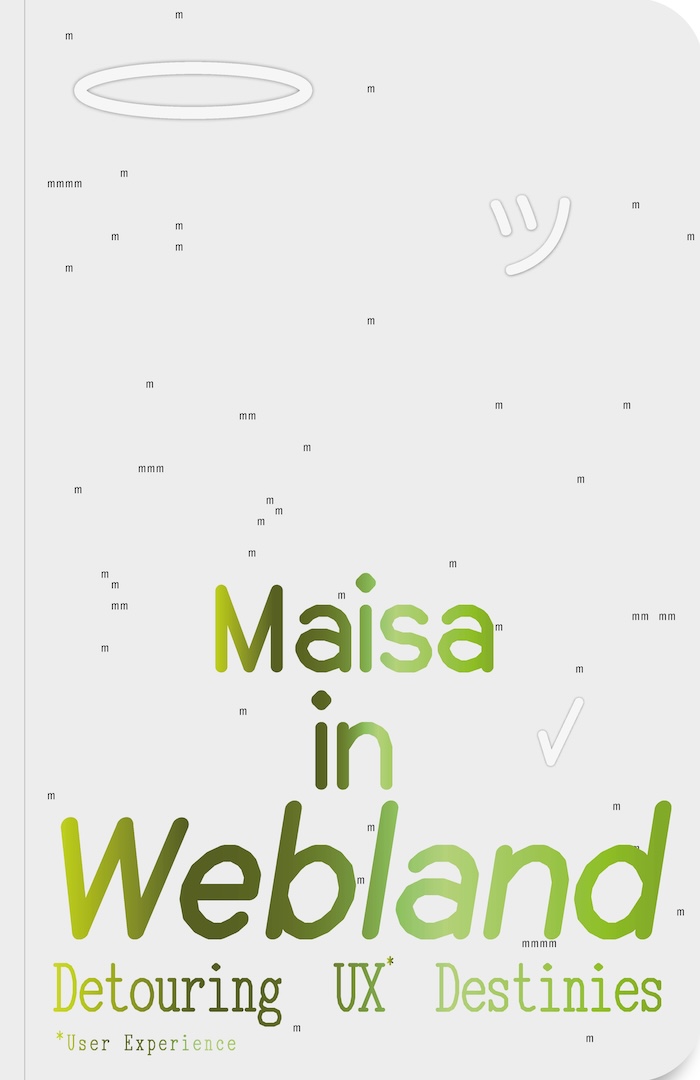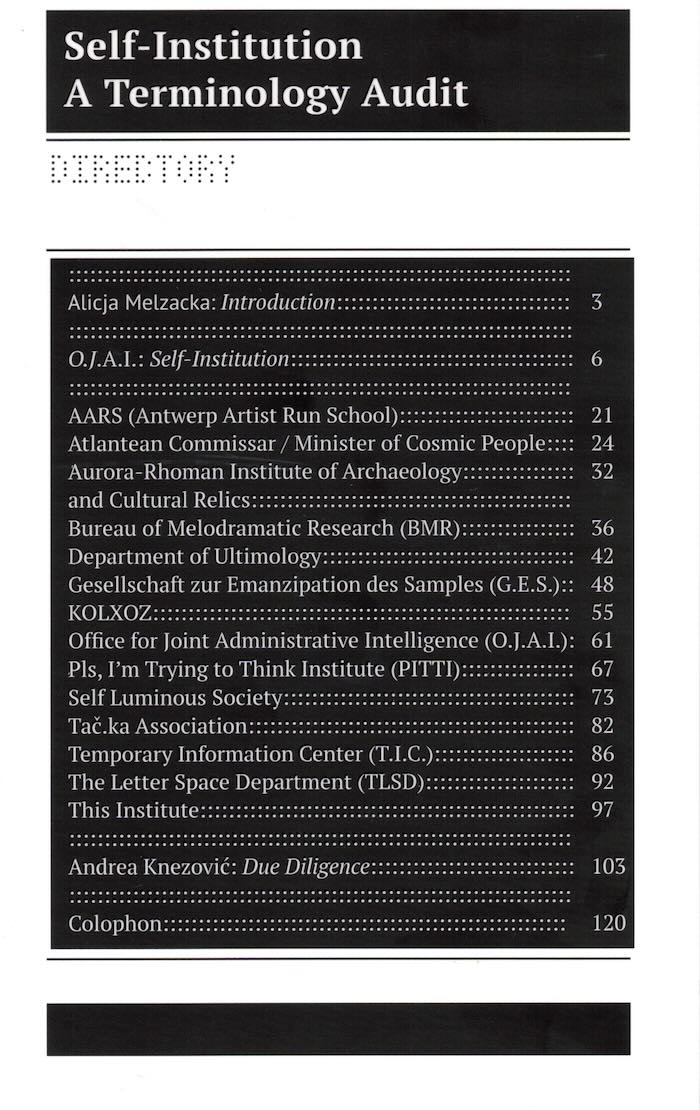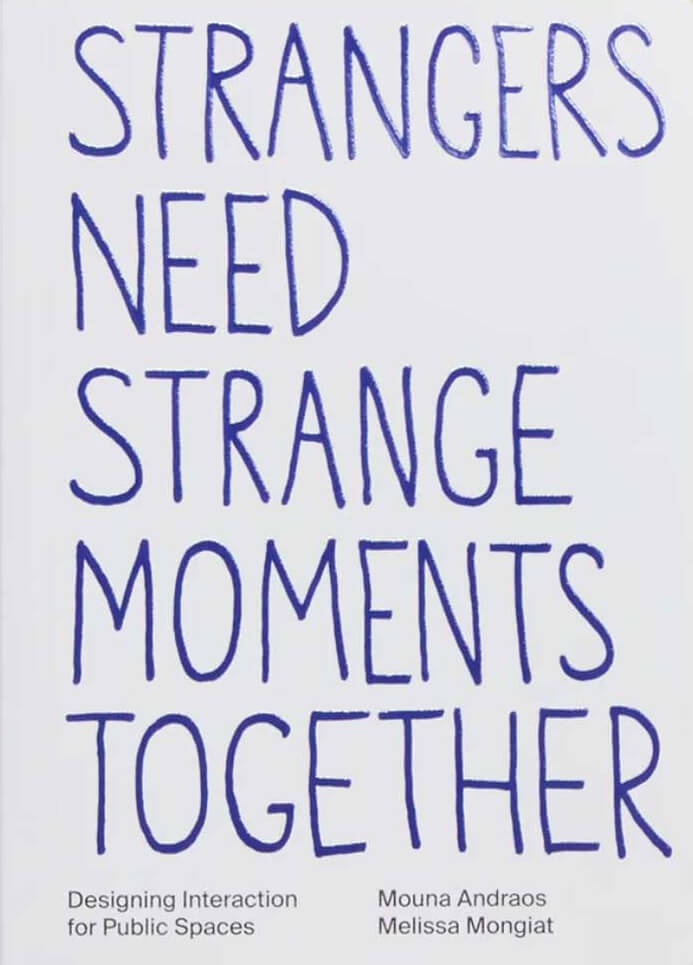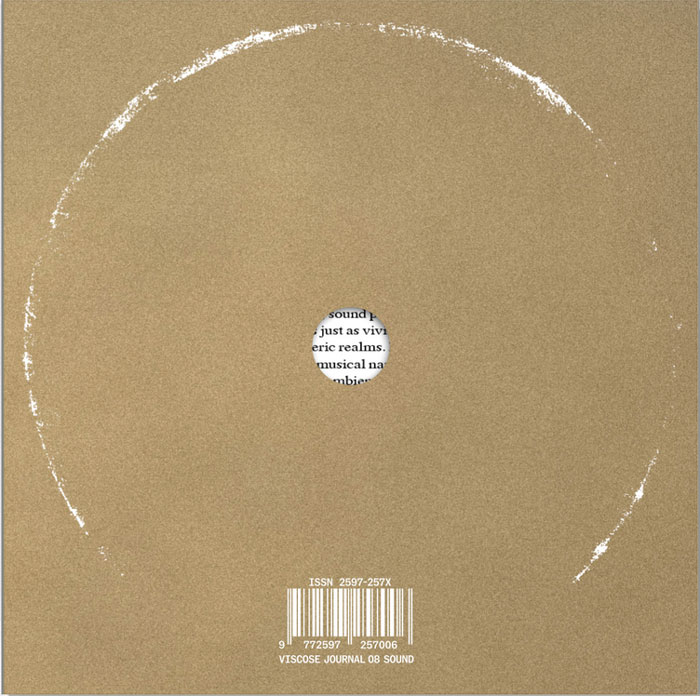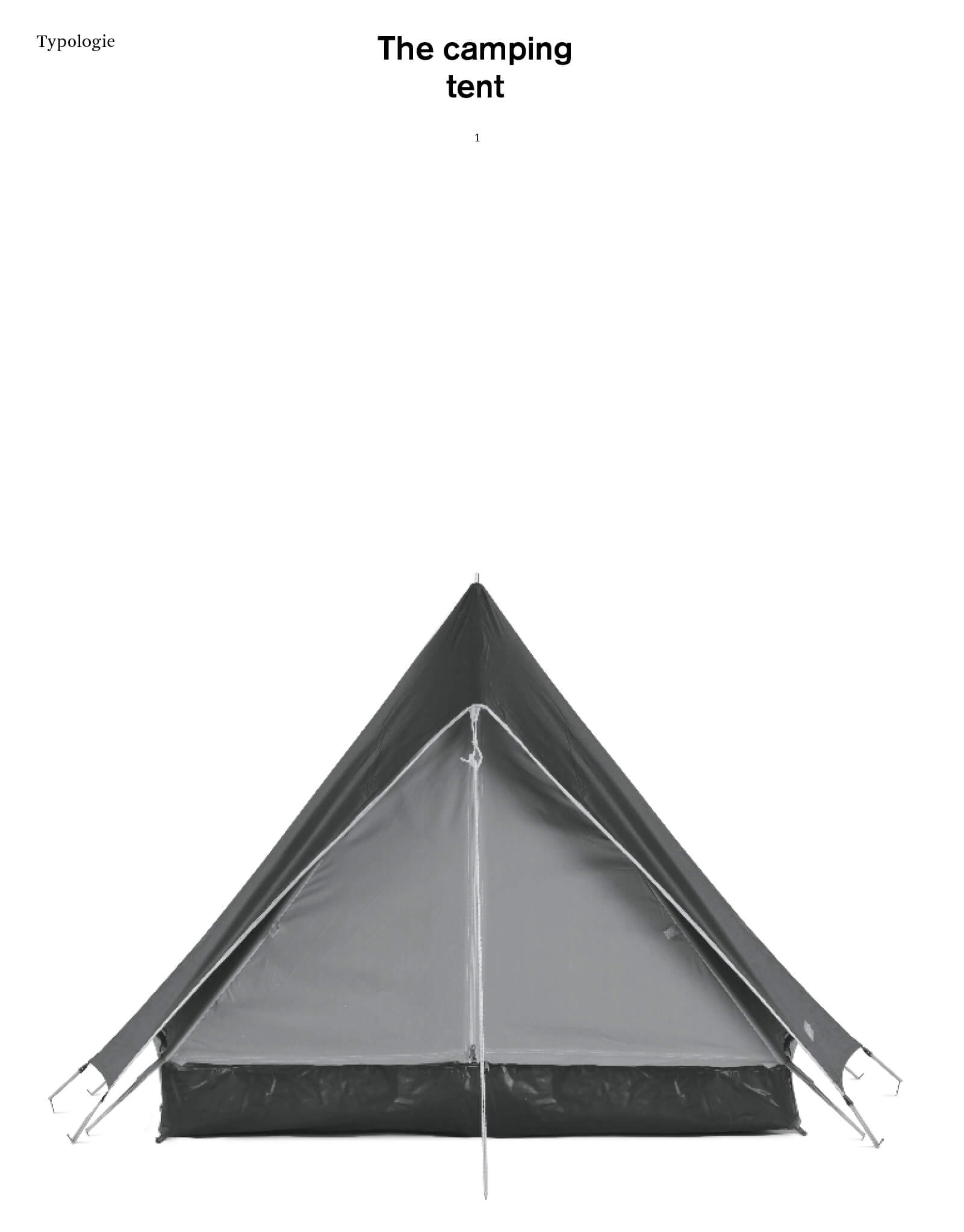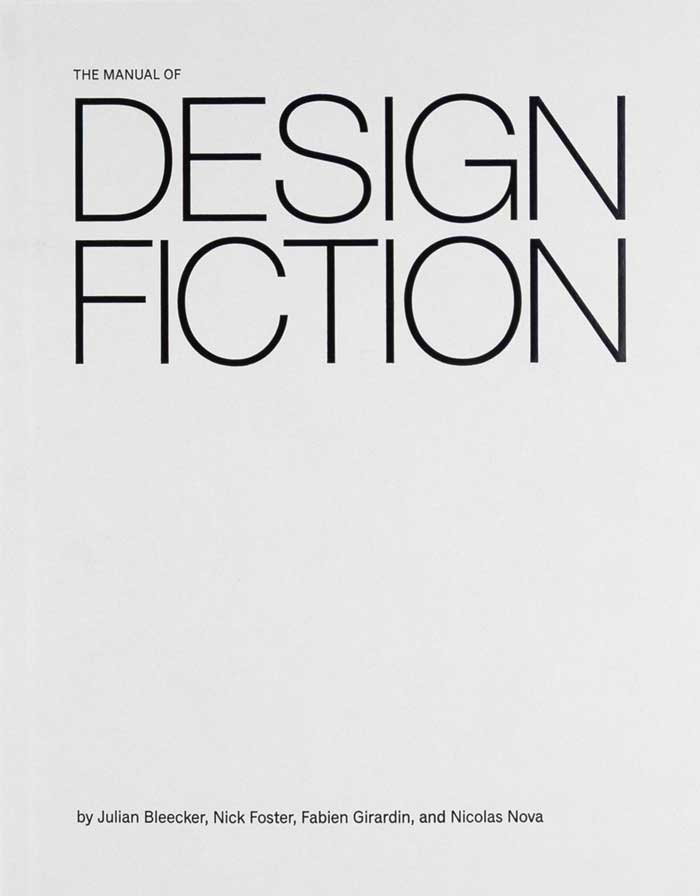
What is post-branding?
Post-Branding empowers better design of public communication for civic and activist groups by replacing corporate branding’s predatory principles with a new set of strategies embedded in a new culture of craft. A new way of being and knowing, for a new way of relating with the world.
Brands aren’t just intruding on culture, they are our culture. They are the sponsored mechanisms for constructing and manipulating meaning and human identity. But should we cede such a fundamental human need to the market? If not, why not, and is there an alternative?
What is Post Branding? is a work of ‘practical theory’. It is a compact ‘pocket-book’ format publication composed of four main sections. The first, ‘DIS-BRANDED’, is a text of 20 short page-long chapters exposing the ideological underbelly and real-world impact of branding. The second, ‘MIXED MESSAGES’, is a provocative visual essay illuminating the texts’ main themes. The third, ‘MANUAL’, presents a framework for a critical alternative to corporate branding, humorously appropriating found instructional diagrams as a brand manual satire. This section also includes examples of completed contemporary projects that have implemented post-branding principles. The book concludes with ‘CONTEXT’, featuring a conversation with cultural theorist Brian Holmes and an argument with design historian Steven Heller.
Part design experiment, part critical theory, and part how-to-manual, What is Post-Branding? introduces a creative counter to branding’s neoliberal orthodoxy.

